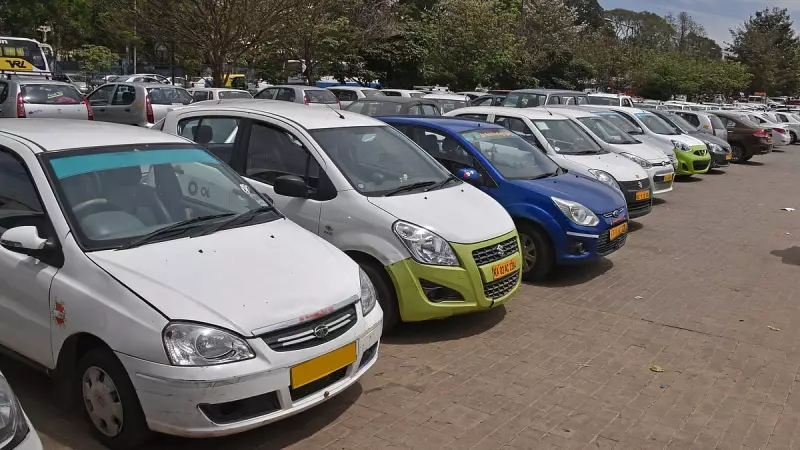
A shocking safety crisis is unfolding on Bengaluru's roads, where the emergency panic buttons installed in cabs - mandated for passenger protection - are largely non-functional, putting commuters at risk.
The Silent Alarms
Despite government regulations requiring all commercial vehicles to have operational panic buttons connected to centralized control rooms, our ground investigation reveals most devices in Bengaluru's cabs remain dead when pressed. Multiple cab drivers confirmed that these safety systems either malfunction or remain disconnected.
Drivers Speak Out
"The panic button in my car stopped working months ago," shared a cab driver who requested anonymity. "When I approached the service center, they said replacement would cost me ₹2,000-3,000 out of pocket. Most drivers can't afford this additional expense."
Another driver highlighted maintenance issues: "The devices get damaged during regular wear and tear. Companies install them initially to get the fitness certificate, but there's no follow-up maintenance or support."
Systemic Failures Exposed
- No Regular Checks: Transport department officials admitted they only verify panic buttons during initial vehicle registration
- High Replacement Costs: Drivers bear the financial burden of repairing faulty devices
- Poor Connectivity: Many devices lack proper network connection to transmit alerts
- Maintenance Neglect: No mandatory periodic inspections ensure continued functionality
Passenger Safety Compromised
The failure of these emergency systems poses particular danger to women passengers and those traveling late at night. The panic buttons were specifically introduced as a crucial safety measure following several high-profile cases of crimes against women in cabs.
"What's the point of having a safety feature that doesn't work when you need it most?" questioned a regular cab user. "This gives passengers a false sense of security while putting them in actual danger."
Official Response
Transport department officials acknowledged the issue but cited implementation challenges. "We verify panic buttons during the fitness certificate issuance," stated a senior official. "However, monitoring functionality across thousands of vehicles operating daily remains a logistical challenge."
The department is now considering stricter penalties and regular audits to address the growing safety concern.





